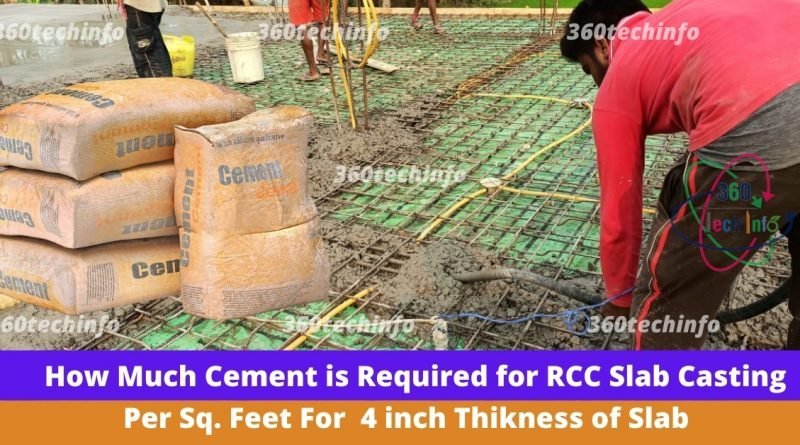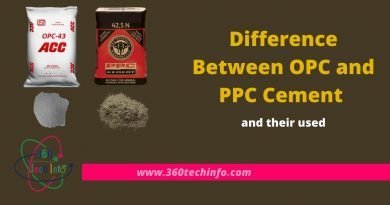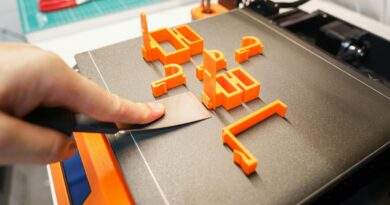How much cement is required for RCC Slab Casting per Sq. ft with 100 mm (4’’) Thickness
How much cement is required for RCC Slab Casting per Sq. ft? In this discussion, we are going to know about the cement quantity used per sq. ft. area to casting a RCC Slab. In RCC Slab there are used concrete and steel and in concrete, it is a mixture of cement sand and aggregate.
We all know that for Nominal mix M20 Grade concrete is massively used for general slab casting for residential buildings.
It calculates the amount of material for roof slabs by the M20 mix in which the proportion of cement, sand, aggregate is 1: 1.5.:3.
(M represents Mix and 20 represents the compressive strength.)
Now we come to the point to calculate the cement required for RCC Slab you need to measure the casting concrete slab or area, please list the dimensions (length, width, and height).
Calculate the weight of all those elements – This is how you can get concrete from one bagged cement. The weight of all your elements can be calculated based on the volume we calculated, as well as the concrete’s density (found on the bag of concrete, we provided a common value, but it depends on the concrete’s composition).
As a final step, you can estimate the cost of loss due to spills, defective pieces, and other unforeseen events.
Generally, for building construction we find that there are used three types of thickness for slab casting i.e. 4 inches (100 mm), 5 inches (125 mm). 6 inches (150 mm)
How Much Quantity of Steel is required per Sq. Feet. of RCC Slab
4 inch or 100 mm thick slab with 100 Sq feet of area-
We going to calculate the volume of concrete for 100 square feet area with 4-inch thickness.
Dimensions we Assumed
Area of RCC Slab-100 Sq. feet.
Thickness of Slab is-4 Inch= 0.334 Feet

Now we calculate the wet volume of concrete as multiplying with =
| Area of Slab x Thickness of slab | = 100 x 0.334 | =33.4 Cubic Feet |
So, if now we need to get the dry volume of required concrete. To get Dry volume of concrete we need to multiply by 1.54.
So now Dry volume of concrete for 100 x 0.344 feet slab is= 33.4 x 1.54 = 51.436 cubic feet.
Convert Cubic feet to Cubic Meter= 51.436/35.3147 =1.4565 Cubic Meter
(Where 1 cubic meter is = 35.3147 feet
There is a concrete mix ratio M20 Grade.
So, the Ratio of M20 Grade is 1:1.5:3
(where 1 portion cement, 1.5 portion sand, 3 portions are aggregates)
So, to get the Part of cement from the ratio we have to calculate with (1+1.5+3=5.5)
So now Part of Cement=1/5.5=0.181 from the ratio.
So, in the whole dry volume of concrete the part of cement is=
| Part of cement x Dry Volume | =0.181 x 1.4565 | =0.2636 |
So, the Weight of cement in the Concrete is 0.2636 x the Density of cement.
(We know the density of cement is 1440 Kg/M3)
Now 0.2636 x 1440=379.622 KG
We know 1 Bag of cement = 50 KG
100 Sq. feet of the slab needs 379.622/50=7.59=7.6 Bag of Cement.
Now, we came to the point of how much cement is required for the RCC Slab for 1 sq. feet with 4inch thickness is 379.622/100=3.8 Kg of cement.
Taking Wastage it is 4 Kg
Cement is required for RCC Slab Casting per Sq. ft is 4 kg.
For Casting of 1000 Square feet of slab cement required is- 1000 x 4 kg=4000 kg =80 Bags of Cement
And also for 100 Square feet it is- 8 Bag of Cement.
If you have any doubt about the calculation please comment to us we will rectify it.





